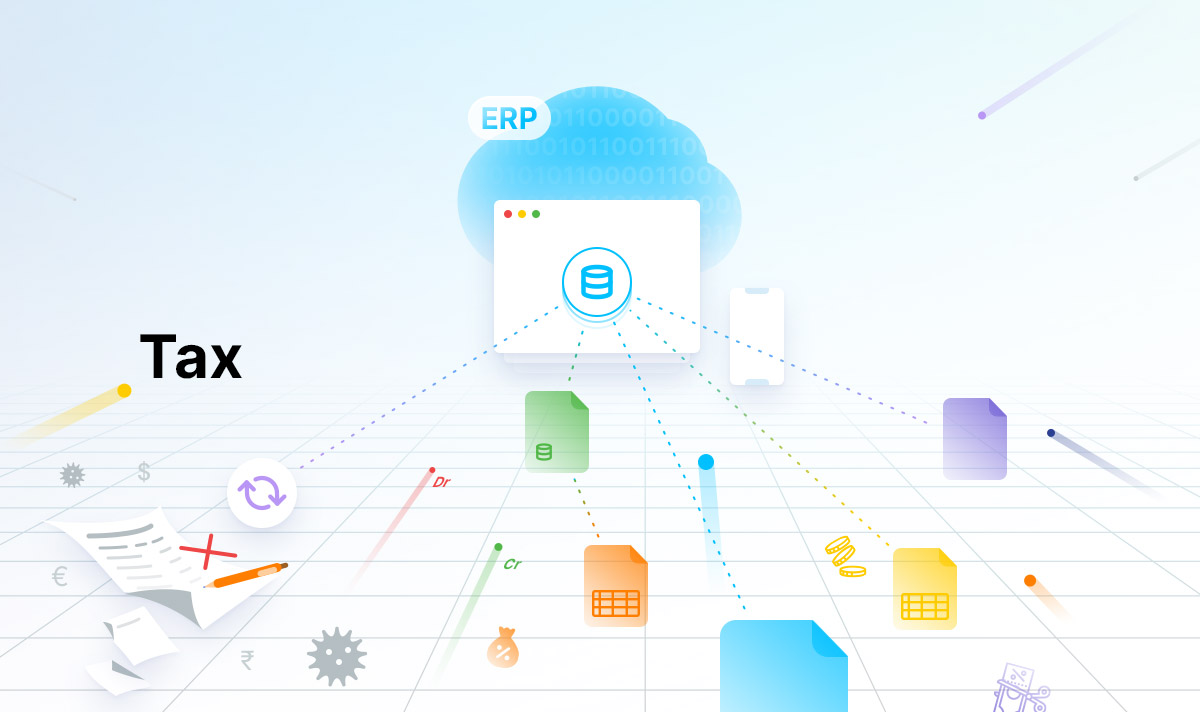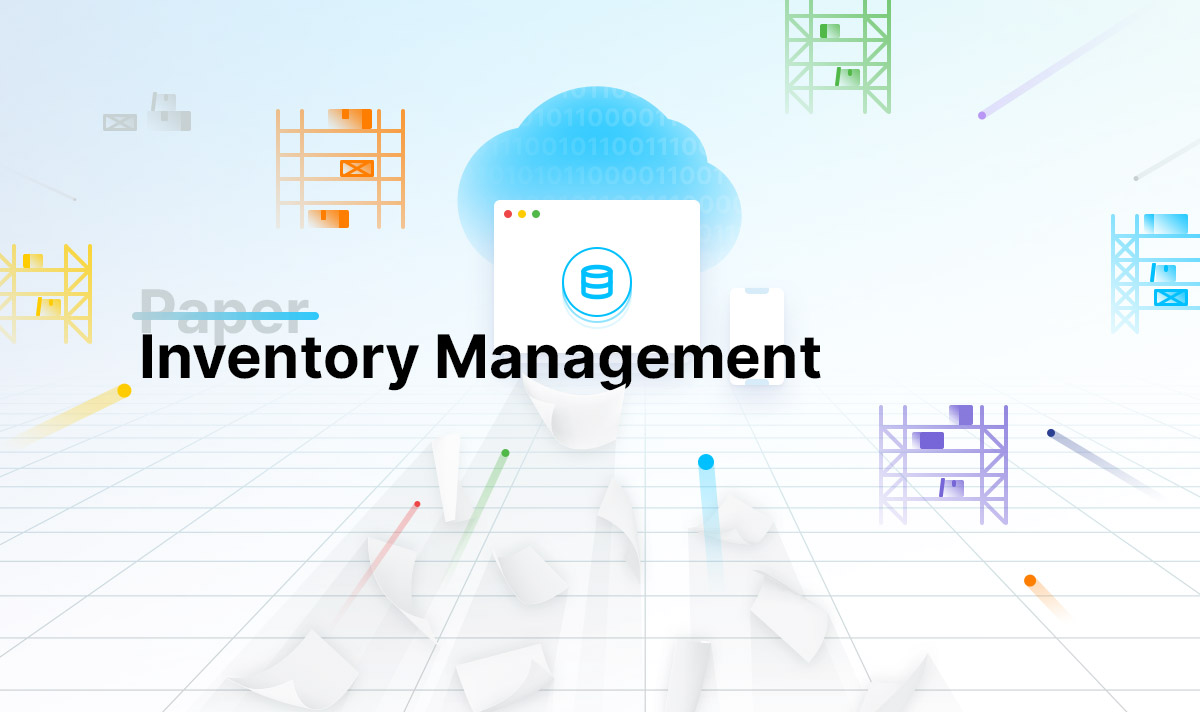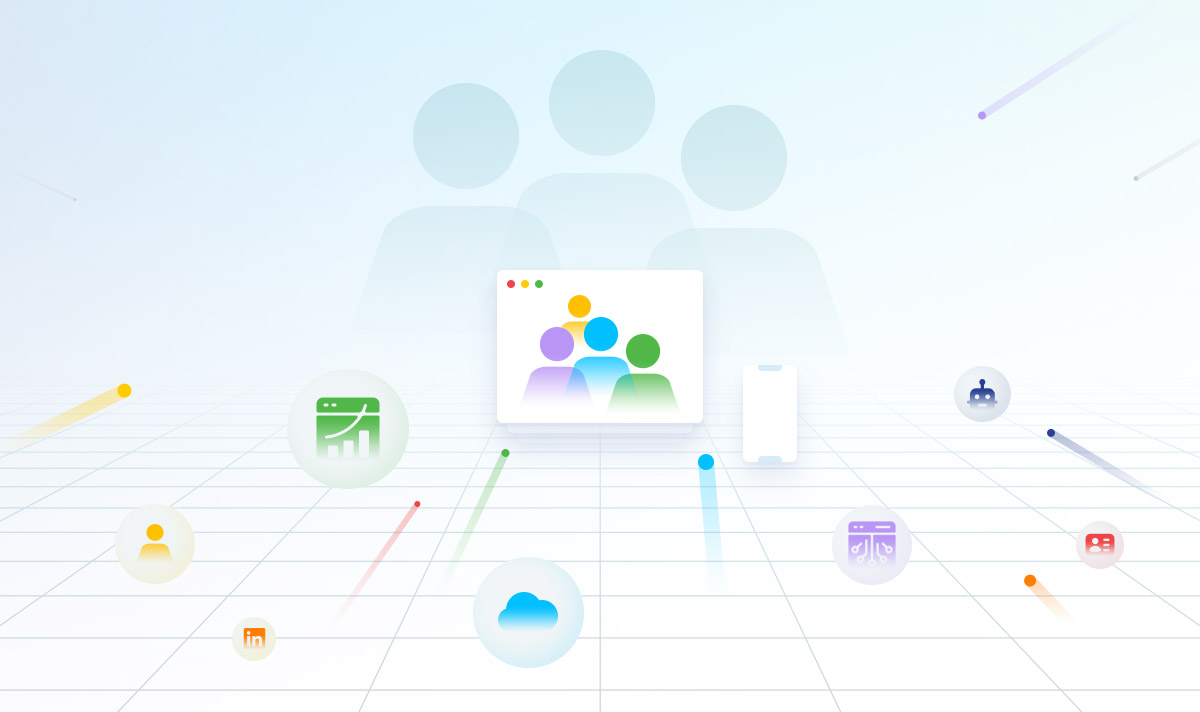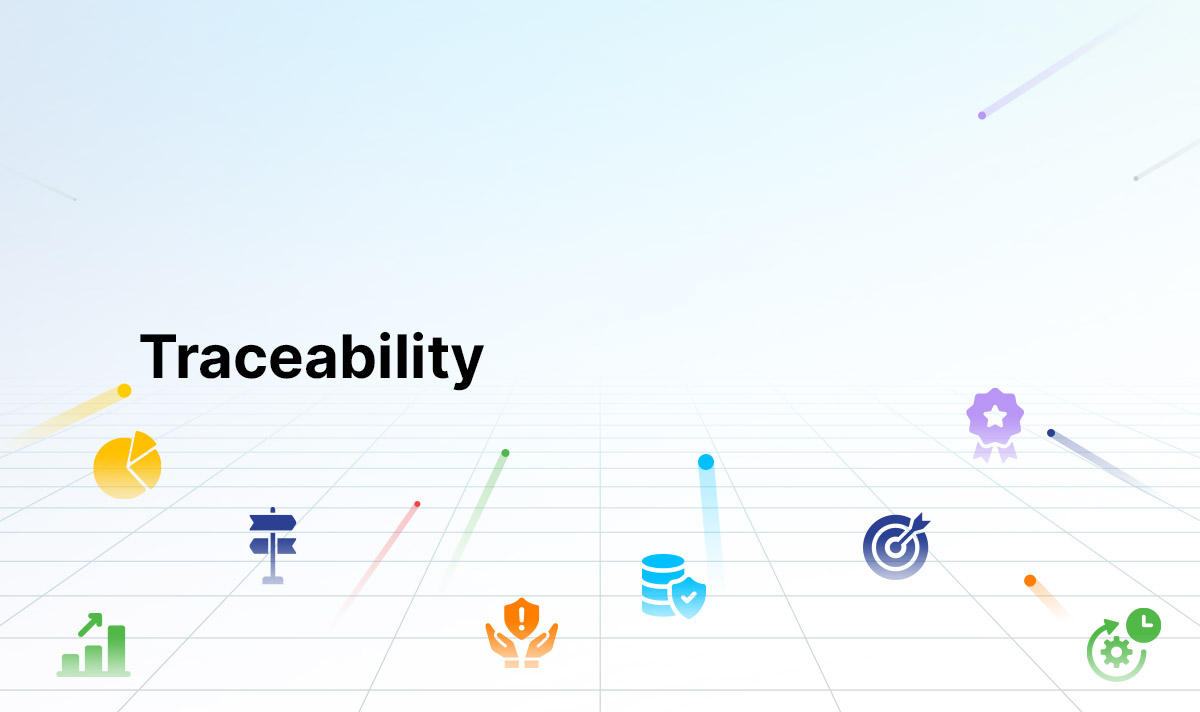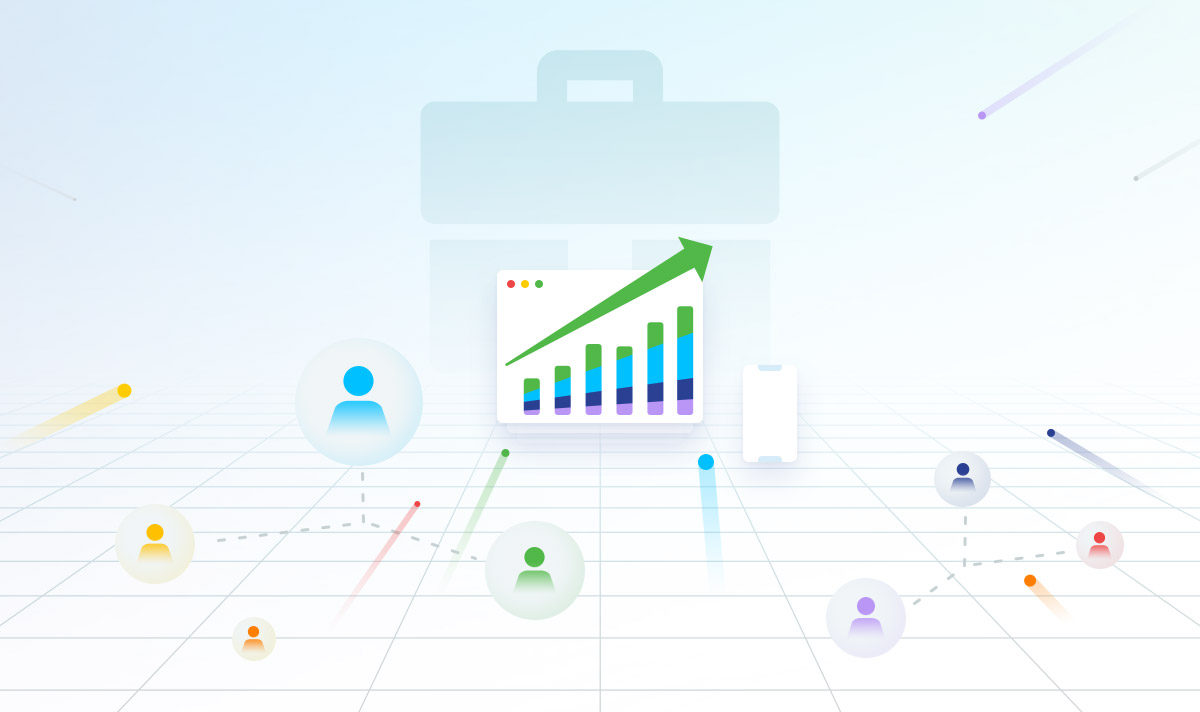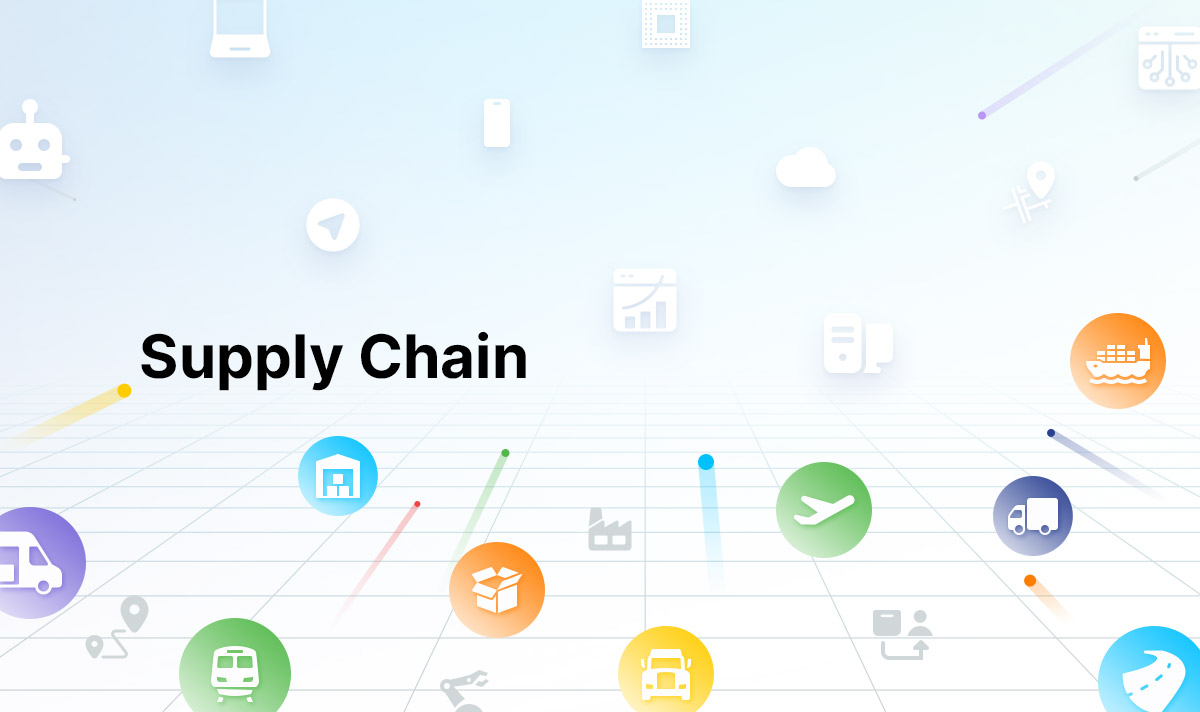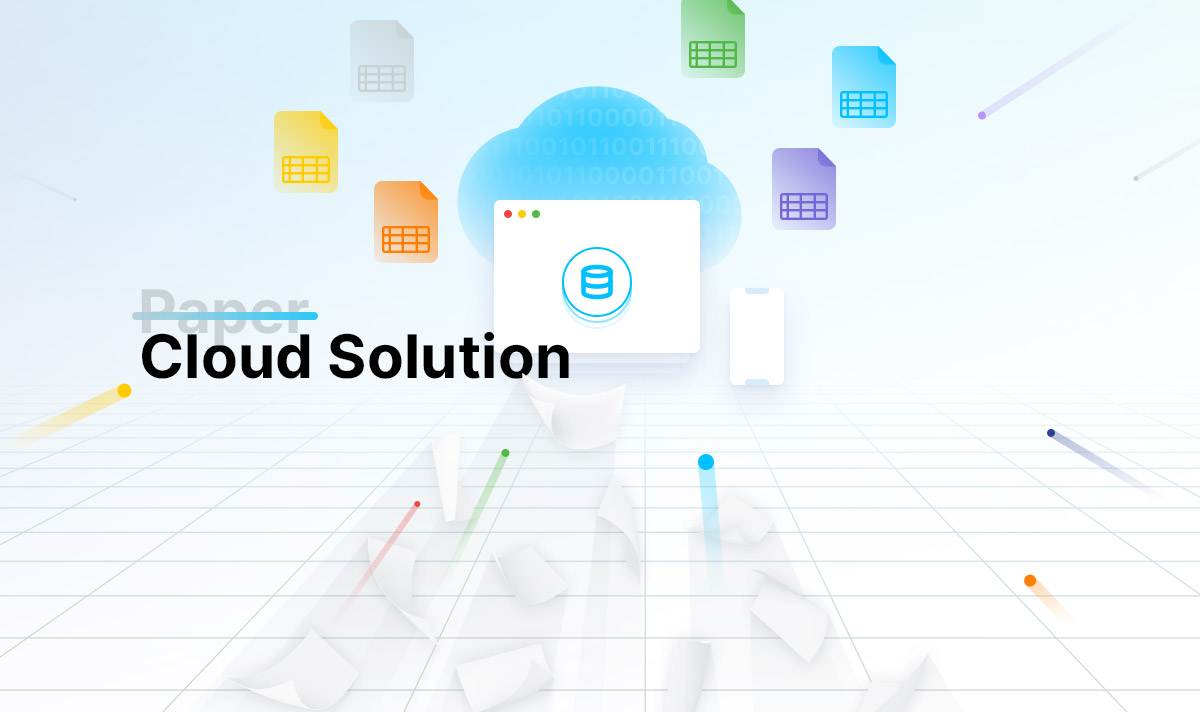The Pandemic has demonstrated to the organizations the importance of agility in surviving through cutthroat competition. Those organizations that were proactive enough to digitize, automate, and deploy cloud services for their back-office processes were able to recover.
Those who continued to use pen and paper on-premise systems faced and are still facing various difficulties. The benefits of cloud-based back-office environments became painfully obvious in a matter of weeks. Unsurprisingly, the pandemic has accelerated the transition to cloud-based enterprise resource planning (ERP) solutions for so many organizations.
The ERP market is witnessing a rapid expansion, with the total market size expected to exceed $49.5 billion by 2025 – according to a report by Market Research Engine
Moreover, leaders of different organizations are realizing that if tax is not considered in the planning process, organizations may miss out on significant upside opportunities, which in the future may even expose themselves to new and unexpected risks.
But the ground reality is that, since the beginning of this pandemic worldwide, the taxation system has become a cash generator for so many businesses. In fact, for some organizations, taxes have been the only source of cash while operations have been shut down.
Due to the pandemic, organizations get a demonstration of the value of integrating tax functions into the ERP systems and project management systems. Leaders of top-rated organizations have developed and articulated the tax implications of a variety of different scenarios to chart a path forward.
However, many tax functions have struggled to gain timely access to the enterprise and tax data, which is essential to run those sophisticated scenarios.
Journey To The Cloud Tax System
When business leaders are eager to capitalize on the increased agility and functionality that cloud-based infrastructures and applications provide, many see the movement of the finance function (including tax) to the cloud as a natural first step towards a giant transformation.
Many executives, particularly CIOs and CFOs of large organizations, have begun to consider their organization’s transformation journey much more consciously. They are forming teams, mapping processes, developing implementation road maps, and designing work plans.
As the pandemic passes by and demands a shift in the new modern dynamics of industries around the world, leaders may be required to increase or reallocate budgets as per the need, as well as consider and formalize new system requirements.
Benefits Of Cloud Tax
The tax function can provide valuable strategic advice on topics such as agreement structuring, license contracting, upfront collaboration with cloud service providers, and collaboration with subcontractors. However, there are three long-term financial and business benefits that should be represented in the very early stages of a company’s cloud transition planning.
1.Save money
The first and foremost reason is practical. Tax professionals should always have a seat at the table when major global technology contracts are being negotiated. The tax function can identify ways to use the functionality and data capabilities of cloud-based ERP systems to determine and secure tax cash savings for the organization, which can also help to reduce expenses. Millions of dollars in technology and tax can be saved immediately by implementing a sophisticated cloud-based tax system.
2.Reduce Complexity
The current challenge is that businesses and financial leaders do not understand how to deal with processes and data that are properly tax-sensitive. The truth is that tax was largely underrepresented during the last round of ERP implementations, 14 to 20 years ago, that is why many tax functions are still grappled, mostly with manual processes, workarounds, and increased risks.
Furthermore, organizations that do not include tax at the beginning of their cloud journey, run a risk of missing the opportunity to revisit their existing processes to transform tax through better data and processes. Tax planning ideas have not been viable in the past due to costly system change requirements. Hence, a robust cloud taxation system has reduced complexity manifolds more than the existing tax system.
3.Better Management Of Risks
Risk management is the third and most important reason for the – tax on cloud-based ERP. Regardless of the COVID-19 crisis, business and tax leaders already recognized that the global tax environment was evolving very rapidly, with tax authorities moving toward a real-time, digital tax environment.
Corporations in Brazil, for example, must disclose full invoice details before tax authorities will issue a valid invoice number. The “Making Tax Digital” initiative in the United Kingdom envisions total tax submission digitization in the coming years. The 2017 tax reform in the United States triggered a new wave of ERP data analysis, that is still evolving.
Mandatory changes in the taxing system will facilitate a fundamental rethinking of tax operating models, value propositions, and underlying processes for business and tax leaders. Indeed, where tax authorities receive data in a variety of formats in a digital tax environment, they must have complete control and centralized visibility over all of their tax-relevant data.
Not Missing Out on The Opportunity
The pandemic has made it abundantly clear that business leaders cannot afford to just let go of this opportunity to allow the tax function to influence the course of events. However, they also know that whatever the factors that can help to drive the “Tax To The Cloud” requirements will be most beneficial to the company.
The transition to a cloud-based ERP system represents a once-in-a-generation opportunity for tax leaders to define strong, tax-sensitive data and business processes, that fundamentally transform their team’s value to the organization.
It comes at a time, when the crisis has combined with a slew of internal and external pressures to increase the demand for tax departments to digitize, modernize, transform, and change their tax operating model. It would be a mistake for tax leaders and business executives to pass up this opportunity.
Enliven advises tax leaders and business executives to ensure that the tax function is aligned properly and represented at the table throughout their organization’s cloud transformation journey, and to allocate a dedicated budget for this journey to reflect the value that the tax function brings to the transformation.
The most significant thing for this is to keep tax informed, involved, and integrated into the organization’s overall strategy. Tax can create game-changing value, and businesses should not miss out on this opportunity.
If you have any queries related to Tax enabled modern ERP system contact us today!
